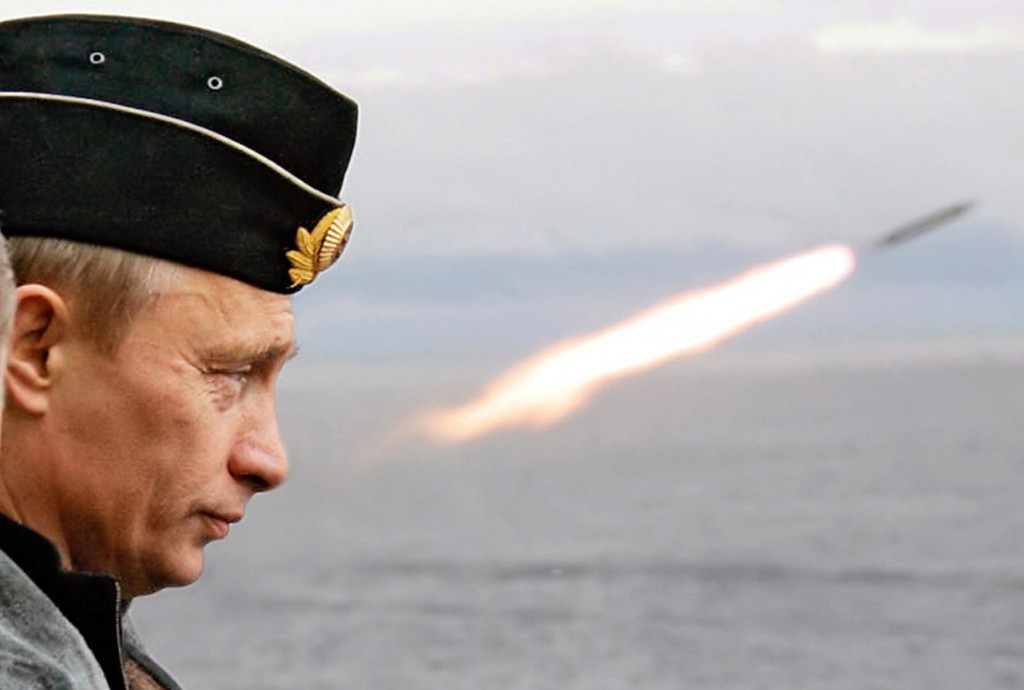Moscow – On the military level, the North Pole is the intersecting point of the Russian border with that of the NATO, especially U.S., Canada, Denmark and Norway. This region is of high importance to Russia since the Soviet Union age, namely that the greatest part of this frozen area falls in the Russian territory.
Russian military interest in the polar region came to surface since 2013 when the Russian Ministry of Defense decided to reestablish military bases and airfields in the region.
In the same year, Russian forces conducted several training sessions that included landing of special unites before announcing the formation of the independent strategic leadership operations in the North Pole.
On Oct. 22 2015, Russian Defense Minister Sergey Shoigu announced a plan to create a special force grouping that will be fully ready by 2018. Also, the Russian defense minister is planning for the completion of constructing more than hundred military infrastructure establishments in the Arctic in 2017.
International interest in the Arctic increases, especially after disclosing the presence of enormous natural resources including the oil – initial estimates point out that the region contains around 15% of the international oil reserve and 30% of the gas reserve regardless of other minerals – plus, the region represents a naval commercial passage to Russia from the north.
As for the special landing forces and the operating forces in the Arctic, in general, the Russian defense ministry was keen to provide them with military costumes that suit the tough climate consequences and the cold there.
